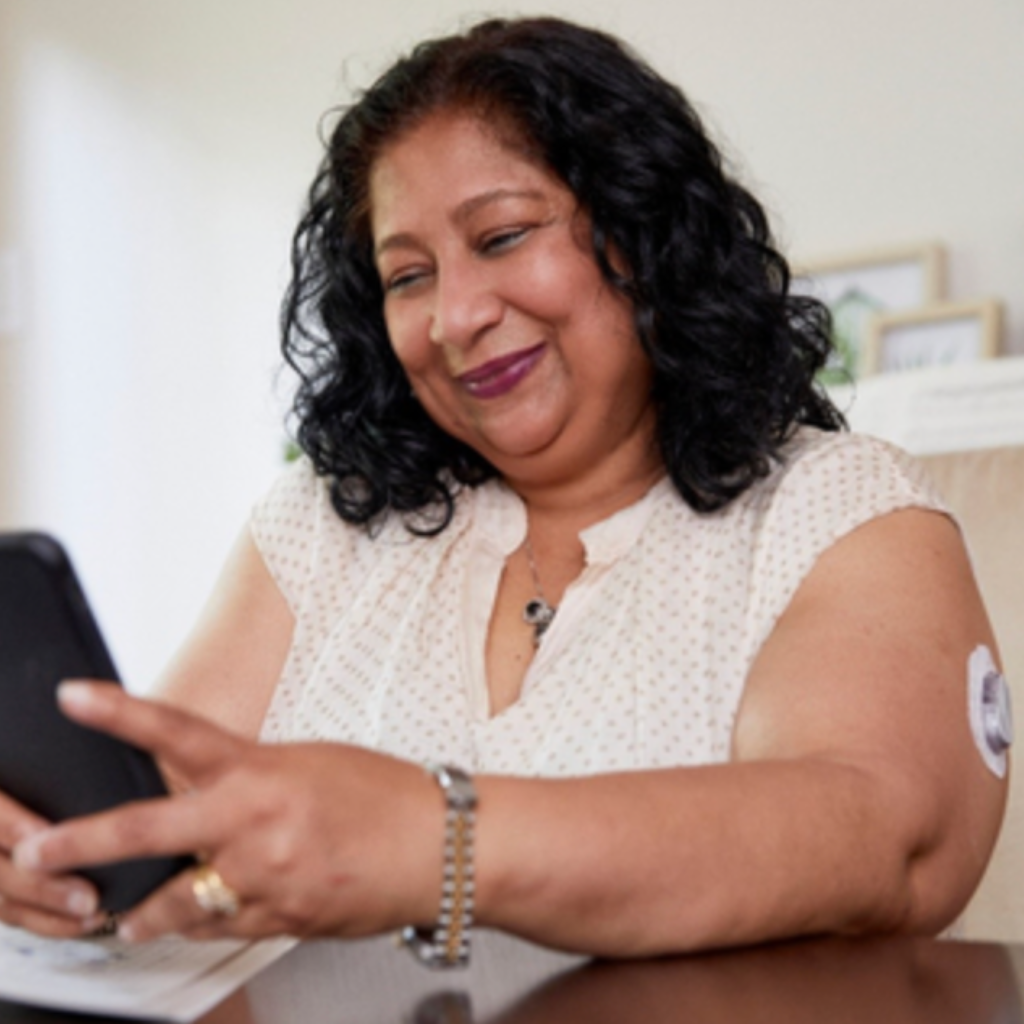Understanding Finger Pricks for Dexcom CGM Users
For those living with diabetes, Continuous Glucose Monitoring (CGM) systems like the Dexcom CGM have been game-changers. These devices provide real-time data on glucose levels, reducing the need for frequent finger pricks. However, there are still moments, when a Dexcom CGM user might need to test their blood glucose manually. Here's why, when, and how often this might be necessary—and how the Digivibe device by Suthe Dermal can make these finger pricks virtually pain-free.

